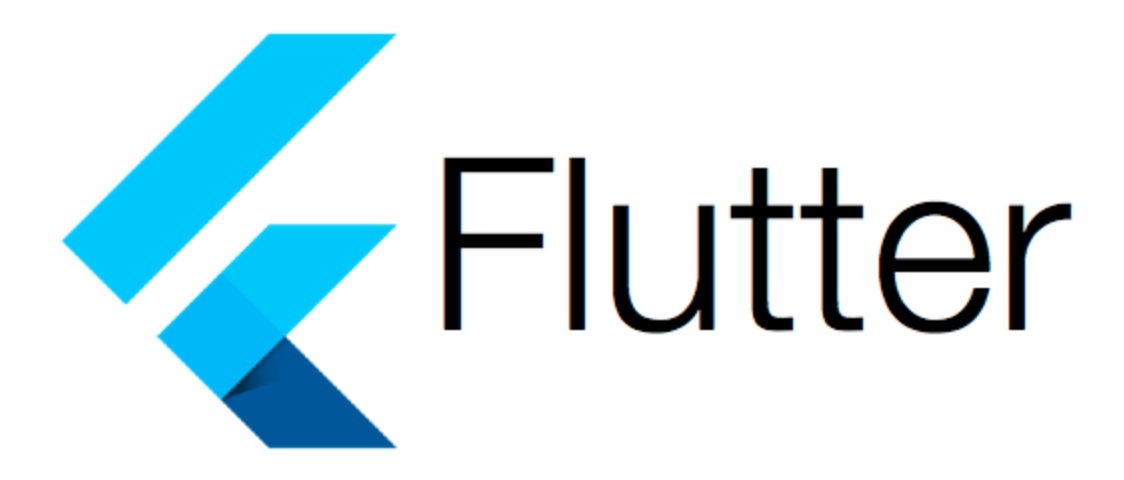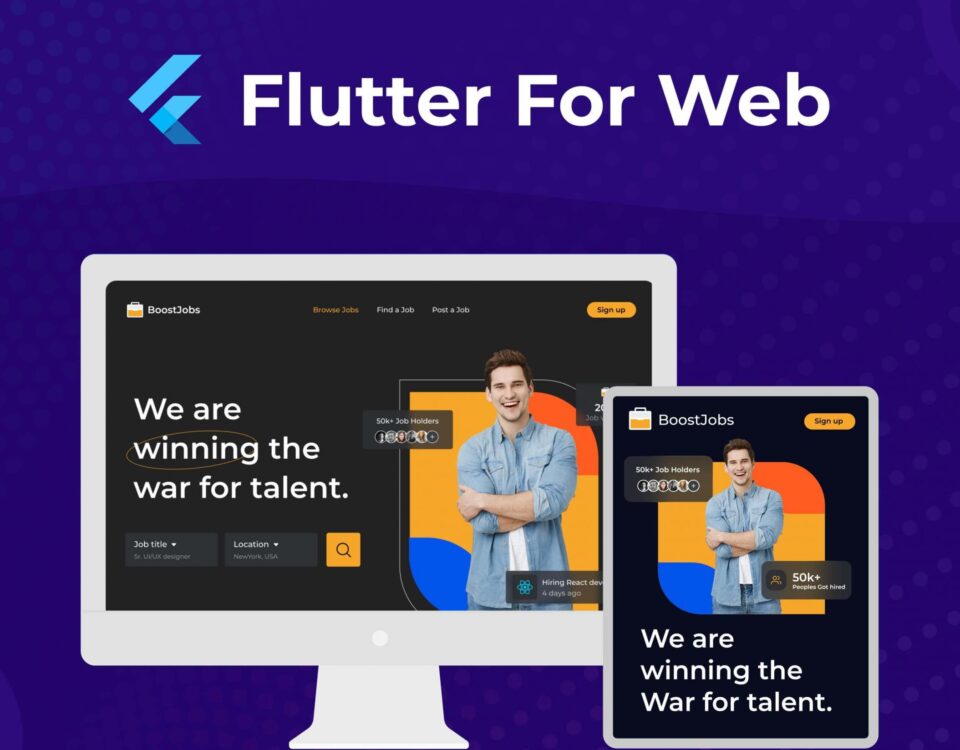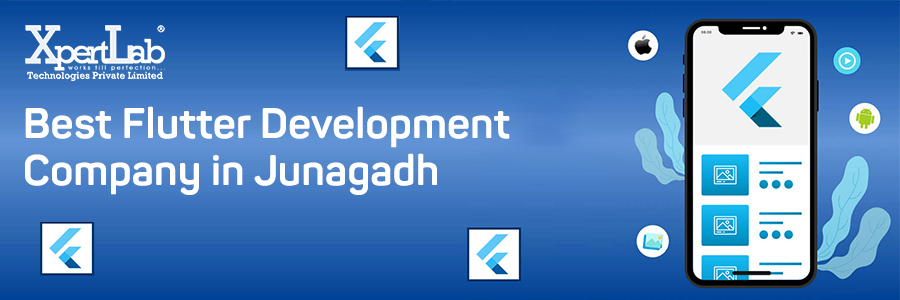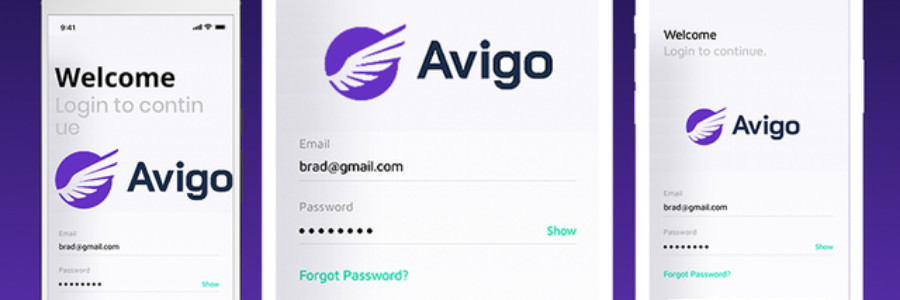What’s new in Flutter 3.7

Why are gamers excited about smart AI NPCs?
28th February 2023
Discover and Master the After Effects Trim Paths
3rd March 2023flutter update,Material 3 updates, iOS improvements, and much more!
flutter update, We are excited to start 2023 with the release of Flutter 3.7! In Flutter 3.7, we as a community, continue to improve the framework with the addition of some great new features such as: the ability to create custom menu bars, cascading menus, tools to better support internationalization, new debugging tools, and much more.
We also continue to refine features such as global selection, faster rendering with Impeller, DevTools, and as always, performance!
Let’s go on a quick journey together to explore the new features in Flutter 3.7!
To use these new features just turn on the useMaterial3 flag in your application’s ThemeData widget. To take full advantage of M3 support you will want a complete M3 color scheme. You can provide your own, use the new theme builder tool, or Flutter can generate one for you from a single seed color using the colorSchemeSeed parameter of the ThemeData constructor:
MaterialApp(
theme: ThemeData(
useMaterial3: true,
colorSchemeSeed: Colors.green,
),
// …
);
For the latest details of Flutter’s Material 3 support, see the umbrella issue on GitHub.
To play with these components yourself, check out the interactive demo showing off all the new M3 features:

Menu bars and cascading menus
Flutter can now create menu bars and cascading context menus.
For macOS, create a menu bar using the PlatformMenuBar widget, which defines platform native menu bars rendered by macOS instead of Flutter.
And, for all platforms, you can define a Material Design menu that provides cascading menu bars (MenuBar), or standalone cascading menus triggered by another user interface element (MenuAnchor). These menus are fully customizable, and the menu items can be custom widgets, or you can use the new menu item widgets (MenuItemButton, SubmenuButton).
Impeller preview
The team is pleased to announce that the new Impeller rendering engine is ready for preview on iOS on the stable channel. We believe the performance of Impeller will meet or exceed the Skia renderer for most apps, and as for fidelity, Impeller implements all but a small number of rarely used corner cases. We expect to make Impeller the default renderer on iOS in a forthcoming stable release, so please continue to file Impeller feedback on GitHub.
While we are increasingly confident that Impeller on iOS will meet the rendering needs of nearly all existing Flutter apps, there are still a few gaps in API coverage. The small number of remaining gaps are listed on the Flutter wiki. Users might also notice minor visual differences in rendering between Skia and Impeller. These minor differences might be bugs, so please don’t hesitate to file issues.
Our progress on Impeller was greatly accelerated by contributions from the community. In particular, GitHub users ColdPaleLight, guoguo338, JsouLiang, and magicianA contributed 37 out of 291 (>12%) Impeller-related patches to this release. Thank you!
We continue to make progress on a Vulkan backend for Impeller (with fallback to OpenGL on older devices), but Impeller on Android isn’t yet ready for preview. Android support is under active development, and we hope to share more about it — with more news about support for desktop and web — in future releases.
Follow along with our progress in the Impeller project board on GitHub.
iOS release validation
When you release an iOS app, a checklist of settings to update ensures that your app is ready for submission to the App Store.
The flutter build ipa command now validates some of these settings, and informs you if there are changes that should be made to your app before release.
DevTools updates
In this release, there are several new tooling features and overall improvements to try out. The DevTools Memory debugging tool has undergone a complete overhaul. There are three new feature tabs, Profile, Trace, and Diff, that support all the previously supported memory debugging features and added more for your debugging ease. New features include the ability to analyze the current memory allocation for your app by class and memory type, investigate what code paths are allocating memory for a set of classes at runtime, and diff memory snapshots to understand memory management between two points in time.
All of these new memory features have been documented on docs.flutter.dev, so check out the documentation for more details.
The Performance page also has a couple notable new features. A new Frame Analysis tab at the top of the Performance page provides insights for the selected Flutter frame. Insights might include suggestions on how to trace expensive parts of the Flutter frame in more detail, or warnings about expensive operations detected in the Flutter frame.
Font asset hot reload
Previously, adding new fonts to the pubspec.yaml file required rebuilding the application to see them, unlike other asset types that could be hot reloaded. Now changes to the font manifest, including additions of new fonts, can be hot reloaded into an application.
Reduce animation jank on iOS devices
Thanks to open source contributions from luckysmg, two improvements have reduced animation jank on iOS. In particular, the addition of a dummy CADisplayLink on the main thread during gestures now forces refreshes at the max refresh rate. Also, keyboard animations now set the refresh rate of the CADisplayLink to the same refresh rate used by Flutter engine’s animator. Thanks to these changes, users should notice more consistently smooth animations on 120Hz iOS devices.
Summary
It is an understatement to say that Flutter would not be the amazing experience that it is today without its community of talented and passionate contributors. As we continue this journey together, the Flutter team at Google wants you all to know that we could not do this without you. Thank you!
The momentum isn’t slowing down, stay tuned for future updates!
similar blog flutter
for more information Visit XpertLab





